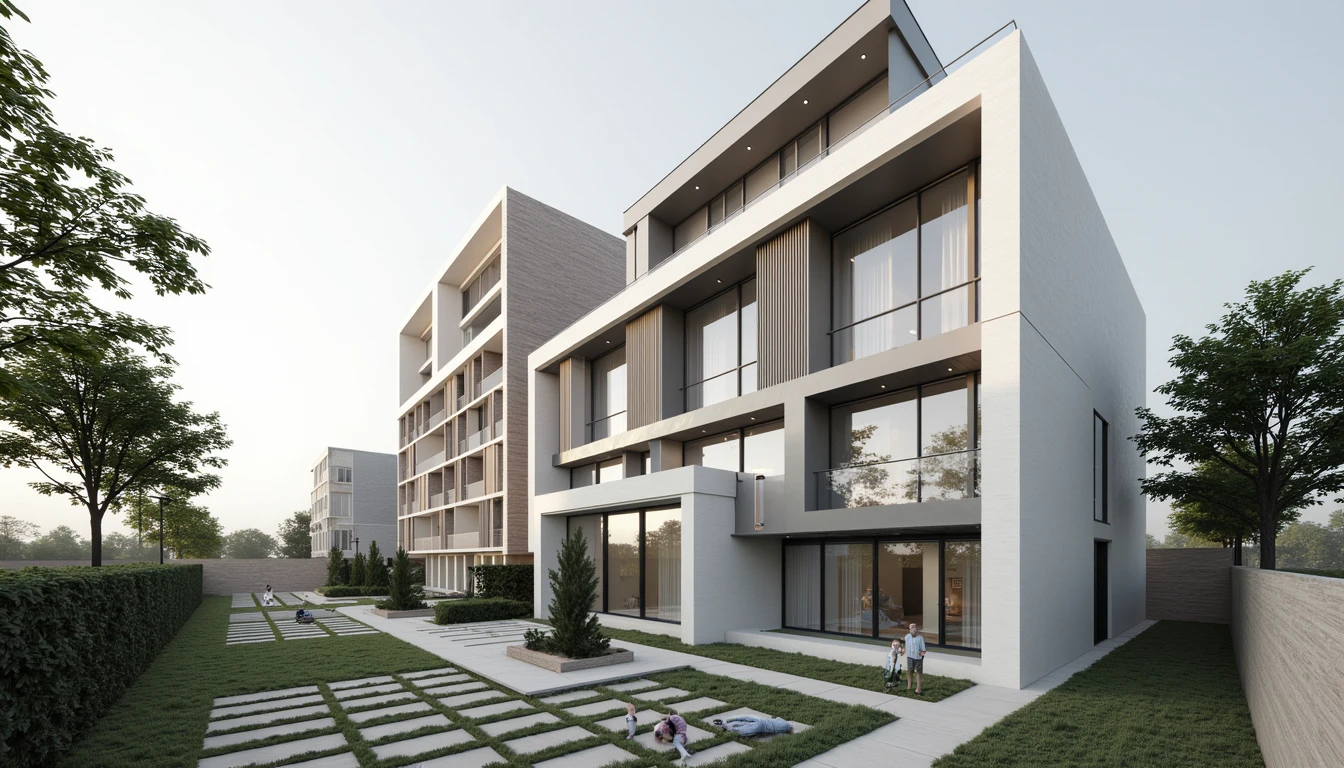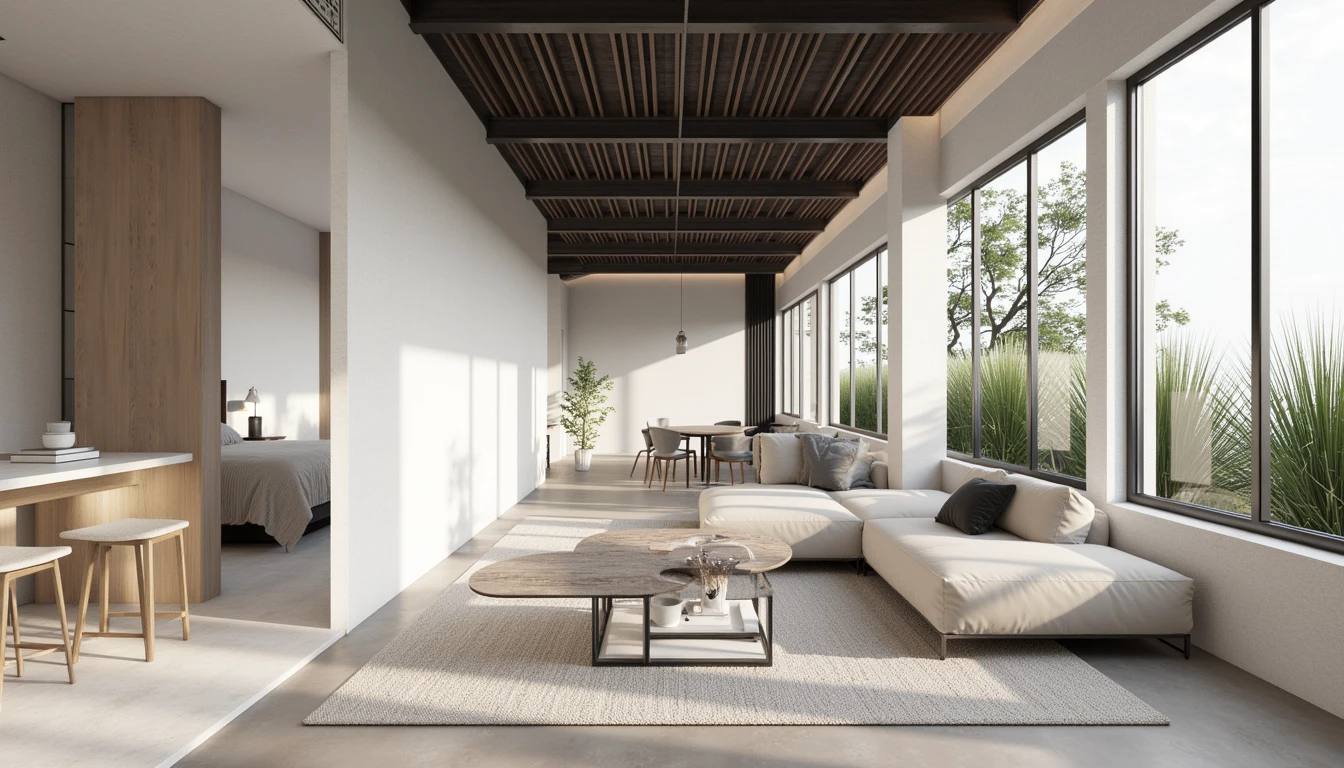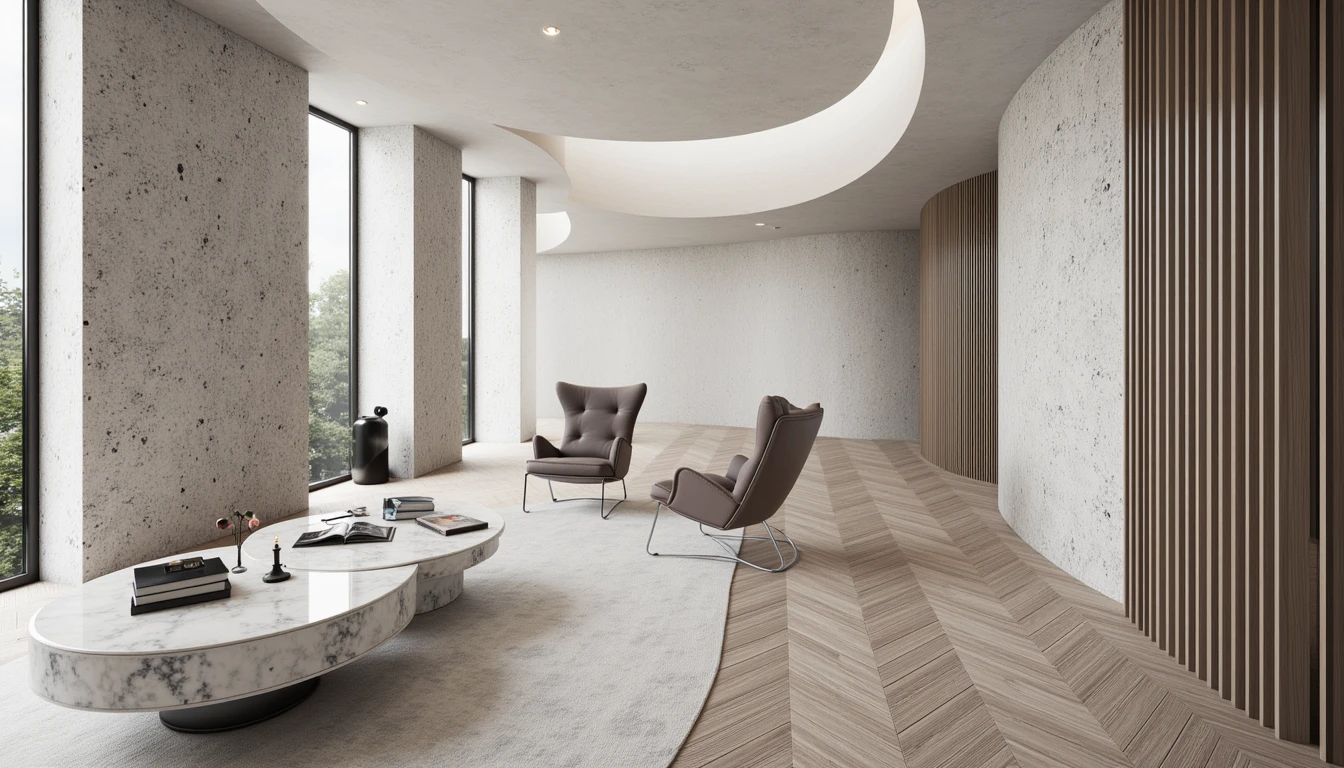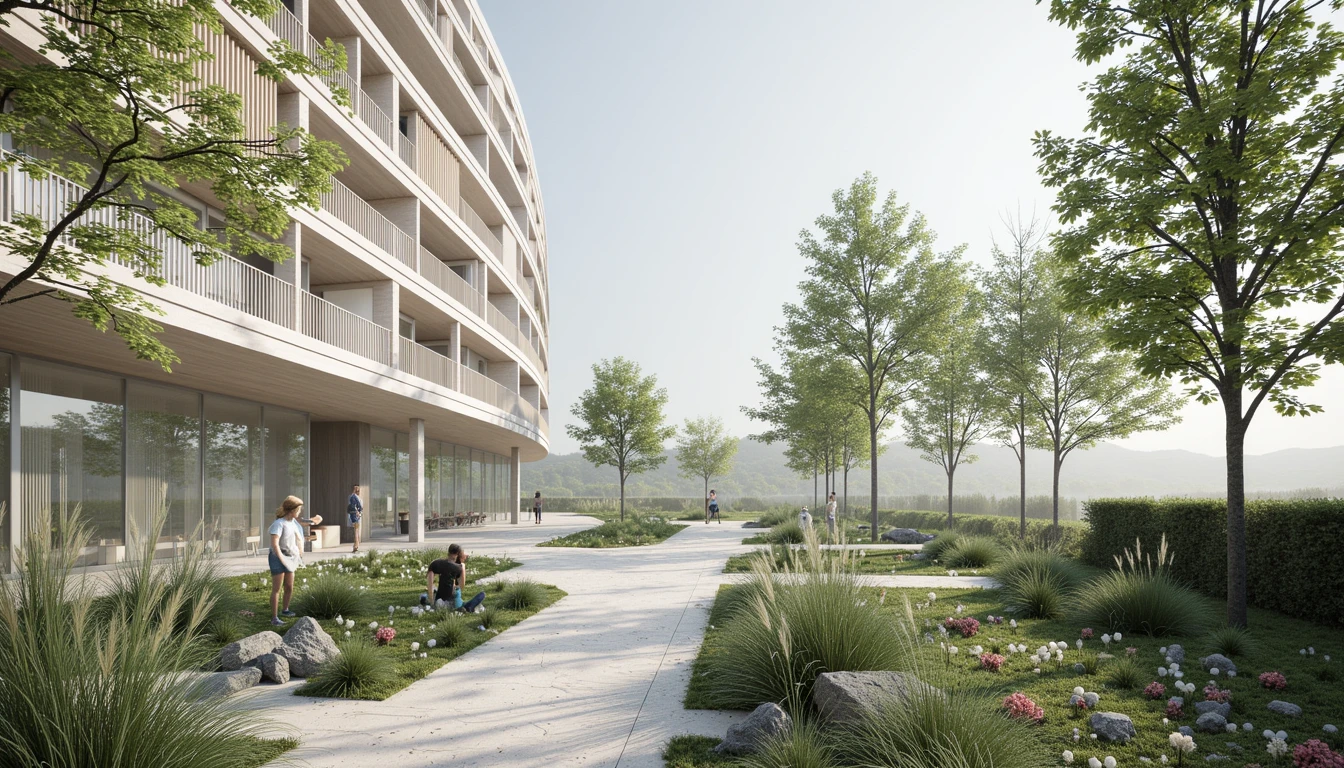Introduction

The architectural landscape is undergoing a dramatic transformation, fueled by the rise of immersive technologies like Virtual Reality (VR). VR is no longer a futuristic concept but a powerful tool reshaping how architects design, visualize, and interact with built environments. From initial design conception to client presentations and construction planning, VR offers unprecedented opportunities to enhance efficiency, collaboration, and innovation across the entire architectural lifecycle.
Architectural Visualization: Immersive Design Exploration
Enhanced 3D Modeling
VR empowers architects to step inside their 3D models, experiencing spaces at a 1:1 scale long before physical construction begins. This immersive perspective allows for a deeper understanding of spatial relationships, proportions, and materiality, enabling architects to identify and address potential design flaws early in the process.
Interactive Walkthroughs
Traditional 2D blueprints and renderings can fall short in conveying the true essence of a design. VR walkthroughs, on the other hand, offer clients and stakeholders a truly immersive experience, allowing them to navigate and interact with the proposed space as if they were physically present. This fosters a stronger connection with the design and facilitates more effective feedback and communication.
Real-Time Design Modifications
VR facilitates real-time design modifications within the virtual environment. Architects can experiment with different layouts, materials, and lighting scenarios, instantly visualizing the impact of their changes. This iterative design process empowers architects to explore a wider range of design options and arrive at optimal solutions more efficiently.
PropTech Integration: Streamlining Workflows

BIM Integration
VR seamlessly integrates with Building Information Modeling (BIM) software, creating a dynamic link between the virtual model and the project's data-rich environment. This integration enables architects to access real-time information about building components, materials, and construction sequencing, enhancing design accuracy and coordination.
Remote Collaboration
VR facilitates remote collaboration among architects, engineers, and clients, regardless of their geographical location. Teams can meet within the virtual environment to review designs, discuss modifications, and make collective decisions, streamlining communication and reducing project timelines.
Cost and Time Savings
By identifying and resolving design issues early on, VR can significantly reduce costly rework during construction. The ability to visualize and refine designs in a virtual environment also minimizes the need for physical mockups and prototypes, leading to substantial cost and time savings.
Client Engagement: Transforming the Presentation Experience
Interactive Presentations
VR presentations offer clients a far more engaging and memorable experience compared to traditional methods. Clients can actively explore the proposed space, interact with design elements, and personalize their experience, leading to increased buy-in and satisfaction.
Emotional Connection
The immersive nature of VR allows clients to develop a deeper emotional connection with the design. By experiencing the space firsthand, clients can better understand its potential and envision themselves living or working within it, fostering a stronger sense of ownership and excitement.
Improved Communication
VR facilitates clearer communication between architects and clients by eliminating the ambiguity that can arise from interpreting 2D drawings. The shared virtual environment provides a common platform for understanding and discussing design decisions, ensuring that everyone is on the same page.
Construction Planning: Enhancing Accuracy and Efficiency

Virtual Site Visits
VR enables construction teams to conduct virtual site visits, familiarizing themselves with the project site and identifying potential logistical challenges before physical construction begins. This can help optimize construction sequencing and minimize on-site disruptions.
Clash Detection
VR can be used to identify clashes between different building systems, such as plumbing, electrical, and HVAC, early in the design process. This proactive approach prevents costly rework during construction and ensures a smoother building process.
Safety Training
VR can create immersive safety training simulations for construction workers, allowing them to practice procedures and navigate hazardous scenarios in a safe virtual environment. This can improve on-site safety and reduce the risk of accidents.
Future Trends: Shaping the Future of Architecture
Augmented Reality Integration
The convergence of VR and Augmented Reality (AR) will further enhance the architectural design process. AR overlays digital information onto the real world, allowing architects to visualize design elements within the context of the existing physical environment.
Artificial Intelligence Integration
AI-powered design tools are emerging that leverage VR to generate design options based on client preferences and site constraints. This can accelerate the design process and empower architects to explore innovative solutions.
Digital Twin Technology
VR is playing an increasingly important role in the development of digital twins, virtual representations of physical buildings that can be used for performance monitoring, maintenance planning, and space optimization.
Conclusion

VR is revolutionizing the architectural industry, offering a powerful set of tools for design visualization, client engagement, construction planning, and beyond. As the technology continues to evolve, its impact on the built environment will only grow, shaping the future of architecture and paving the way for more efficient, sustainable, and human-centered design practices.